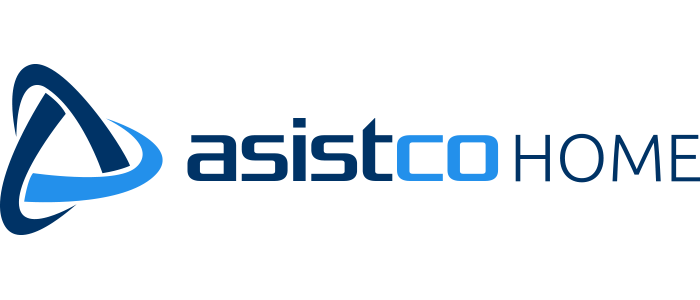
Pension obligations represent a company’s future payment commitments to its employees’ retirement plans. This liability reflects the estimated present value of benefits earned by employees, which the company is obligated to pay upon their retirement. Actuaries determine this amount based on various assumptions, including future pay raises and employee mortality rates. Since the building is a long term asset, Bill’s building expansion loan should also be a long-term loan. As explained earlier, the amount owed within the next 12 months shall be classified under current liabilities.
Cash method accounting
Current liabilities can include things like accounts payable, accrued expenses and unearned revenue. Long-term liabilities include areas such as bonds payable, notes payable and capital leases. Contingent liabilities are Mental Health Billing liabilities that could happen but aren’t guaranteed. You are responsible for paying short-term liabilities with your current business assets. You can pay long-term liabilities, however, through various business activities, both current and future. If you are refinancing current liabilities into long-term liabilities, then you can keep them in the long-term section since they will no longer be due within 12 months.

Related AccountingTools Courses

Here is a list of some of the most common examples of contingent liabilities. Long-term liabilities are also known as noncurrent liabilities and long-term debt. The inventory you receive is an asset that will help you make money from the new projects. But the amount you need to pay back to suppliers is a short-term liability.
Current Assets vs Current Liabilities

Accumulated Depreciation is a long-term contra asset account (an asset account with a credit balance) that is reported on the balance sheet under the heading Property, Plant, and Equipment. An accounting method wherein revenues are recognized when cash is received and expenses are recognized when paid. The cash basis of accounting is usually followed by individuals and small companies, but is not in compliance with accounting’s matching principle.

Cost of Goods Sold Formula and How to Calculate
Deferred tax liabilities occur due to differences between how income is reported on a company’s financial statements and how it’s reported for tax purposes. These differences are usually temporary and will be settled in the future when the taxes become payable. Bonds payable net sales are formal debt instruments issued by companies to raise substantial capital from investors.
- In most cases, companies are required to maintain liabilities for recording payments which are not yet due.
- For Payment Account, choose the bank account from which you’ll be issuing loan payments.
- A loan having the security of a lien on the borrower’s real estate.
- These invoices are recorded in accounts payable and act as a short-term loan from a vendor.
Calculating the Present Value of Future Payments
- Current liabilities are a company’s short-term financial obligations; they are typically due within one year.
- Generally, when liabilities are paid, an expense account is debited such as interest expense.
- It is extremely useful to include classifications, since information is then organized into a format that is more readable than a simple listing of all the accounts that comprise a balance sheet.
- These represent promises a company makes to its employees for benefits like pensions and healthcare after they retire.
- This could create a liquidity crisis where there’s not enough cash to pay all maturing obligations simultaneously.
- In the U.S., a company can elect which costs will be removed first from inventory (oldest, most recent, average, or specific cost).
The basics of shipping charges and creditterms were addressed in Merchandising Transactions if you would like to refreshyourself on the mechanics. Also, to review accounts payable, youcan also return to long term liabilities list Merchandising Transactions for detailed explanations. Another way to think about burn rate is as the amount of cash acompany uses that exceeds the amount of cash created by thecompany’s business operations. The burn rate helps indicate howquickly a company is using its cash.



